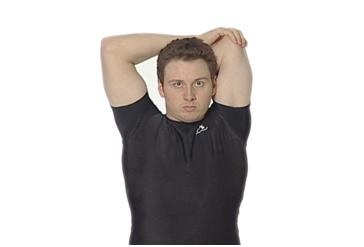Physiotherapy in Bathurst for Lacrosse
Stretching is an essential part of playing lacrosse. A good stretching routine can help to minimize muscle imbalances, prevent injury, and improve your exercise tolerance and your lacrosse performance. The following stretching program is designed for lacrosse players who do not have any current injuries or individual stretching needs. If you have an injury, or a specific mechanical imbalance that may be holding back your lacrosse performance, your Physio Max physiotherapist can design a stretching program more specific for you.
When is the Best Time to Stretch?
When your muscles are warm and relaxed! For optimum performance you should stretch after you have done a general body warm up of about 5-10 minutes (light running or cycling.) You should also stretch after your match and between matches if you are playing in a lacrosse tournament. Lacrosse is a dynamic sport so you'll need both dynamic and static stretching. Dynamic stretches form part of your pre-match or training warm-up. They are used to prepare your muscles for the rapid elongation they will incur during the game. Static stretches, on the other hand, are more useful to improve your overall flexibility and are most effectively done at the end as part of your cool down.
Rules for Dynamic Stretching:
- Warm up your body first, then stretch while your muscles are still warm.
- Move through your range of movement, keeping control of the movement with your muscles. Do not allow momentum to control the movement by "flinging" or "throwing" your body parts around.
- You may feel light resistance in your muscles, but you should never feel pain during a stretch.
- Start with slow, low intensity movements, and gradually progress to full-speed movements through range of motion. Complete these motions for several repetitions (10-15 times.)
- Finish with simulated quick lacrosse movements such as lunges and reaching. Repeat for several repetitions (8-10 times.)
Rules for Static Stretching:
- Warm up the muscles first.
- Slowly take your muscles to the end of their range. You will feel slight resistance in the muscle, but you should never feel pain during a stretch.
- Hold the stretch in a static position. Do not bounce.
- Maintain each stretch for 20-30 seconds. Repeat each stretch 3-4 times.
Essential Stretches for lacrosse:
These muscles are your prime movers for lacrosse. You'll need to stretch these muscles each time you play. Don't forget to stretch both sides. The stretching program shown below will take about 15 minutes to complete.
Dynamic Stretches:
Arm Swings
Leg Swings Forward and Back
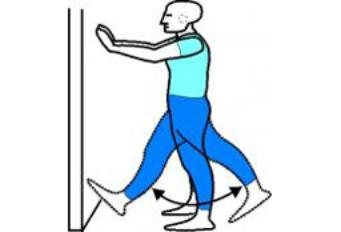
Leg Swings Sideways
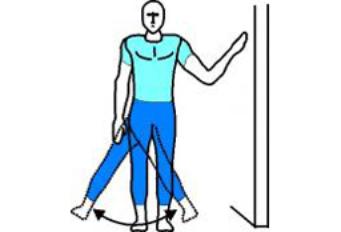
Back Rotation Stretch:
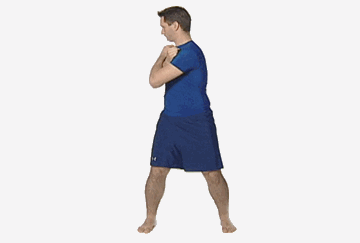
Lunges
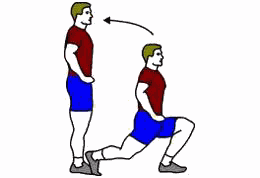
Leg Curls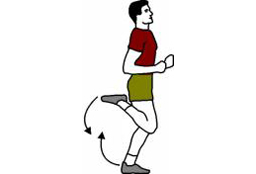
Static Stretches
Hamstring stretch
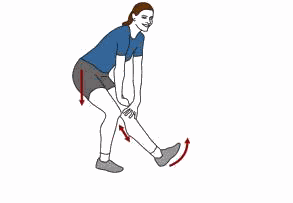
Quadriceps stretch
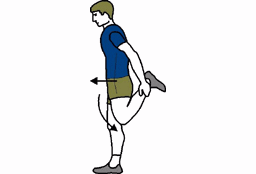
Hip Flexor Stretch

Groin Stretch
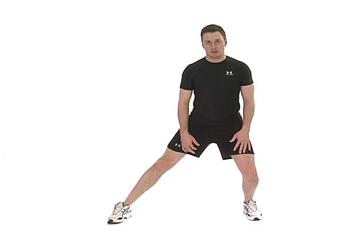
Gluteal Stretch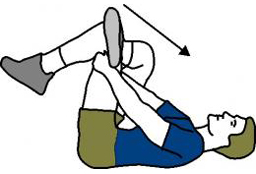
Calf Stretch-Gastrocnemius
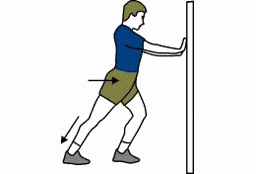
Posterior Shoulder Stretch
Triceps Stretch
